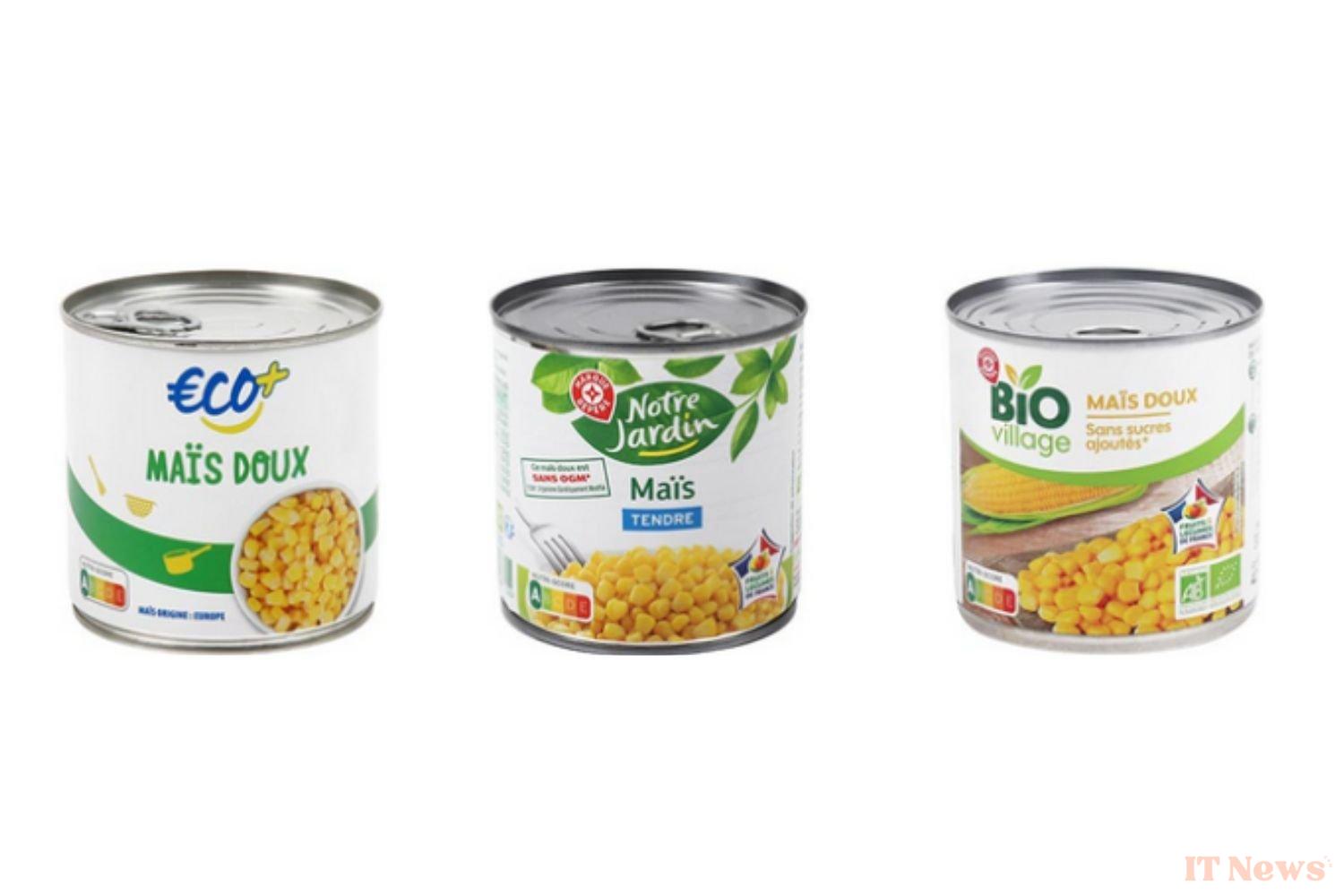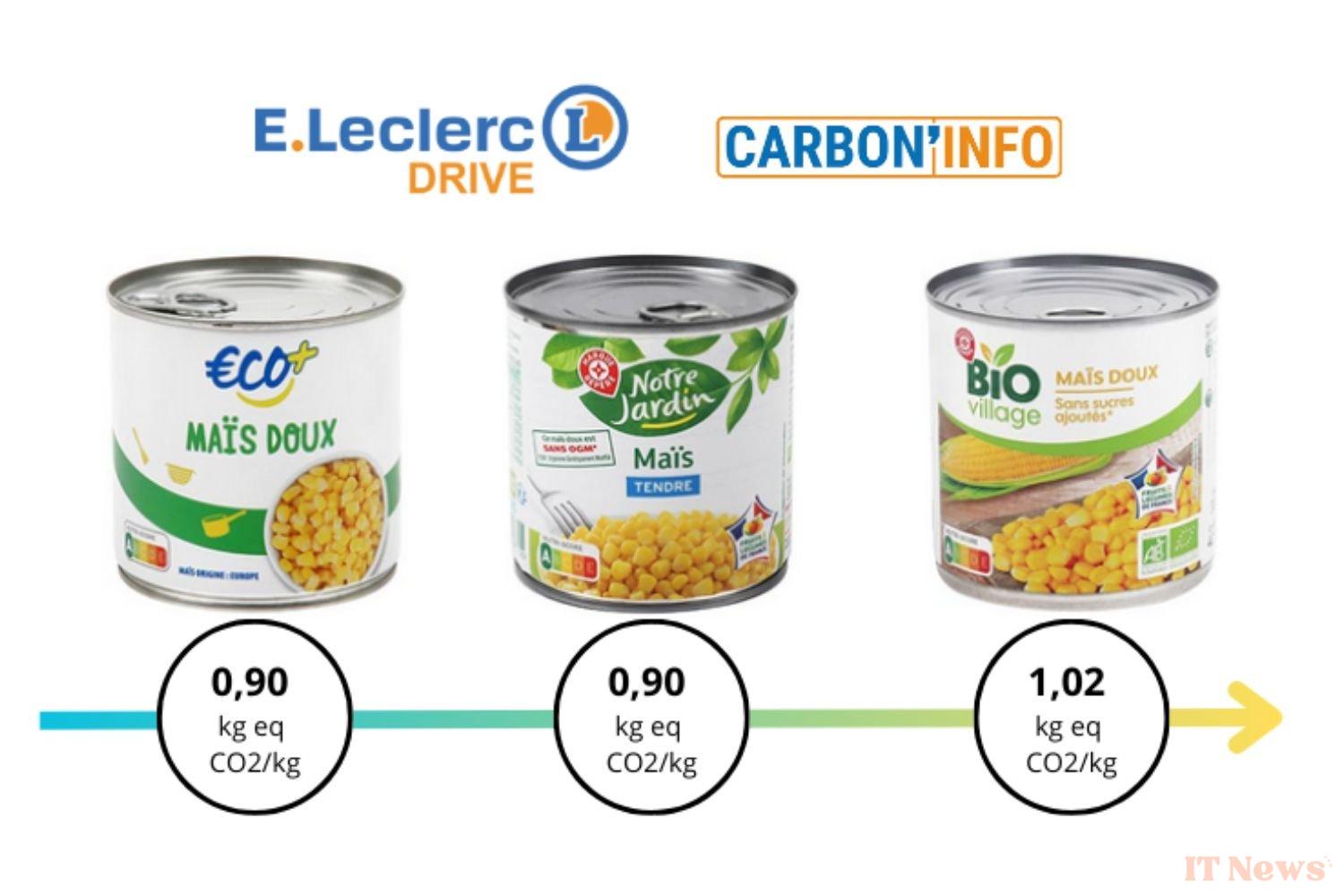Inspired by the Nutri-score, Carbon'Info aims to make the carbon impact of food products more transparent. Created by the Leclerc group, this indicator, which measures the carbon footprint of more than 6,000 of its own-brand food products (Marque Repère, Eco+, Bio Village, Nos Régions ont du Talent), is part of a strategy to reduce greenhouse gas emissions. Objective: to guide consumers towards more responsible purchases.
How does it work?
Accessible for a few days on the platform's official website and on the drive, Carbon'Info displays for each reference, an estimate of the greenhouse gas emissions generated throughout its life cycle: production of raw materials, processing, packaging, transport, distribution and final use by the consumer.
The methodology is based on the recommendations of ADEME and the Agribalyse database, the French reference for the environmental impact analysis of food products. The calculation takes into account all the stages, providing clear, transparent and comparable information between products. The launch is part of the brand's overall environmental strategy, which aims to reduce its greenhouse gas emissions by 50% by 2035, across all scopes.
Towards widespread adoption in France?
The initiative responds to a growing demand for information from consumers. Carbon footprint has become, along with nutritional information, a powerful argument for guiding purchases. By launching Carbon'Info, Leclerc allows consumers to easily compare products at equivalent prices in order to favor the lowest-emitting products. While the indicator currently represents an isolated action, it could also encourage producers to improve their own carbon footprint to remain competitive, and retailers to fall into line. We can also hope that the arrival of this new indicator will accelerate the democratization of a European-wide initiative, similar to what was envisaged with the Planet Score.
It must be said that beyond nutritional information, carbon footprint education is a crucial issue. Lack of understanding of product footprints is still widespread, particularly regarding the relative impact of transportation or different agricultural sectors. Carbon’Info will thus make it possible to better distinguish the footprint of beef, which is significantly higher than that of duck or chicken, or that of dairy products, which is often underestimated.
What will change for customers?
According to a recent survey by the E.Leclerc Observatory of New Consumption, two out of three French people are in favor of displaying such an indicator. While carbon labeling is a welcome first step, it must be part of a broader shift in public policy. It remains to be seen whether the arrival of Carbon’Info will result in a lasting shift in purchasing behavior and, ultimately, a structural transformation of the French food market.




0 Comments